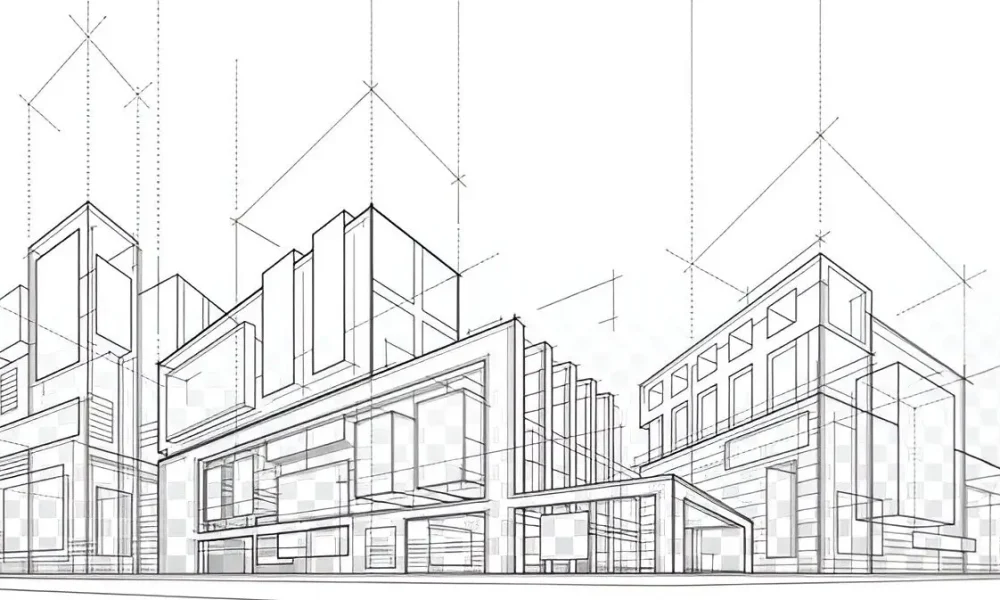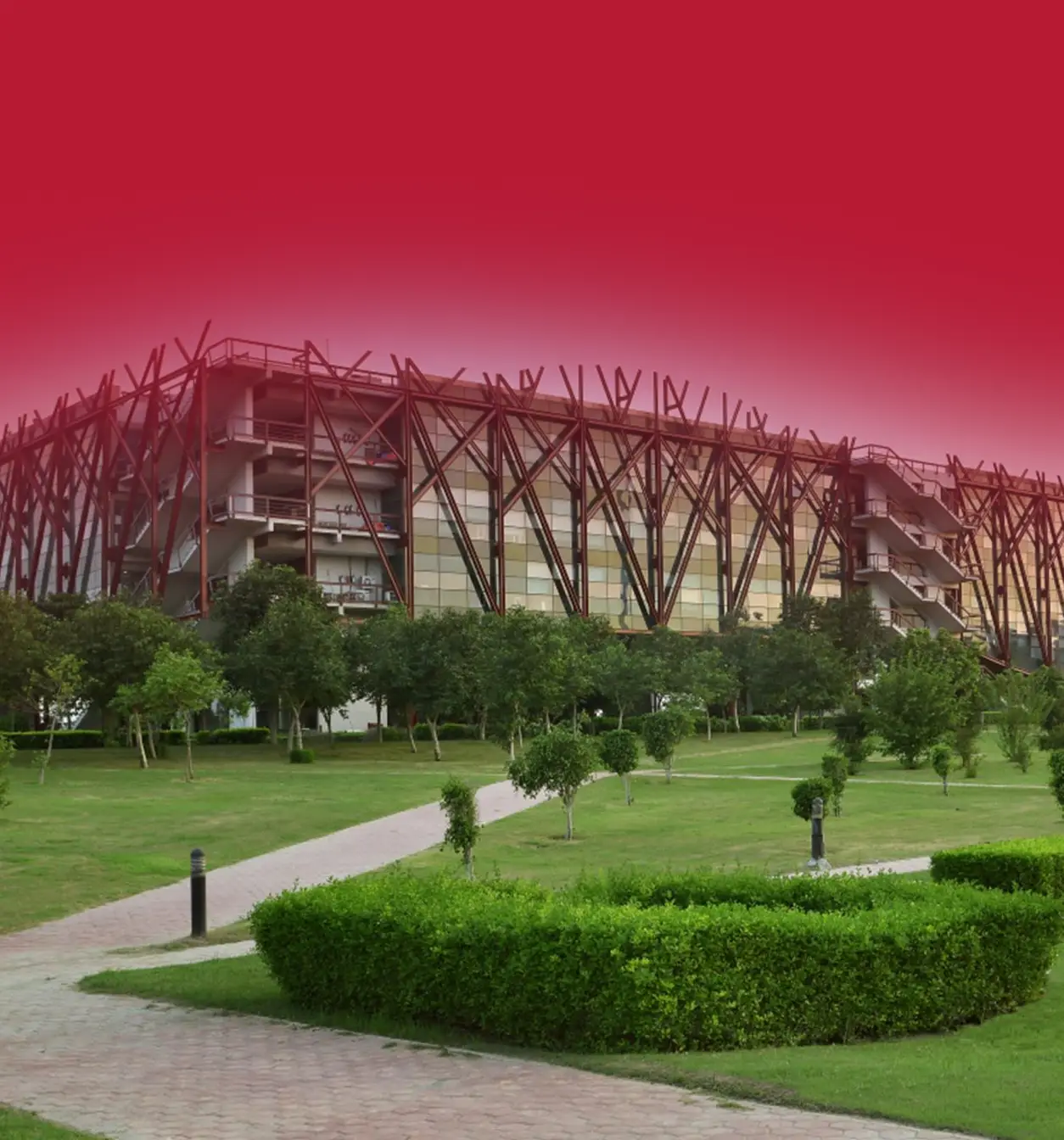Since the evolution of human civilization, architecture has been a symbol and significant aspect in planning and building shelters and structures, synonymous with the development of society and culture. Contemporary architecture courses are built on these fundamental qualities and purposes of structural development, along with modern understanding and scientific explanations for real-world architectural projects.
Architecture combines art and technique in perfect harmony to create and design structures that serve a definite purpose. It usually features a masterful design full of artistic aesthetics and a heavy dose of functional aspects that make these structures useful to human society. The architecture courses after 12th foster creativity and convenience, implemented into the design, plan, and construction of efficient building structures.
Architecture: Definition, Styles & Types
The discipline of architecture refers to an interdisciplinary study of art, science, technology, and humanity in planning, designing, and constructing physical building structures with a pre-determined purpose. Architecture courses at universities offer a structured curriculum that covers key areas such as architectural principles, theories, methods, styles, and building typologies.
| Type of Architecture | Purpose / Focus Area |
| Commercial Architecture | Buildings for business operations – offices, shopping centres, etc. |
| Industrial Architecture | Factories, plants, and industrial sites with a focus on utility and safety. |
| Residential Architecture | Housing and accommodation – apartments, homes, gated communities. |
| Landscape Architecture | Designing natural outdoor spaces like parks, memorials, and gardens. |
| Religious Architecture | Temples, churches, mosques – focused on spiritual and cultural values. |
| Urban Design Architecture | City and neighbourhood planning – roads, utilities, and infrastructure. |
| Interior Design Architecture | Artistic and functional planning of interior spaces. |
| Green Design Architecture | Environmentally sustainable structures with eco-friendly materials and energy efficiency. |
Different Types of Architecture
In the modern world of architecture, the different types of architecture refer to the different forms of structural projects based on their functional purpose. Here are some of the prominent types of architecture we can identify today that are designed and built for a significant function.
- Commercial Architecture: Commercial architectural projects are built on a larger scale, effective in serving business-related goals such as offices, or for public infrastructure such as bridges.
- Industrial Architecture: Since the Industrial Revolution, much of architectural developments have been directed toward building factories and other industrial structures and modern upgrades are being installed every now and then to ensure sustainability.
- Residential Architecture: Perhaps the most common and eminent type of architecture is residential housing. In the last century alone, there have been variations introduced to accommodate the public in the interest of contemporary nation-states.
- Landscape Architecture: Instead of resorting to creating man-made buildings and structures alluding to an artificial beauty, landscape architecture uses nature as its backdrop to preserve and present outdoor spaces with elegance, as a symbolic gesture, or as a memorial site to commemorate historical events.
- Religious Architecture: Historically, religious architecture has been one of the most significant structures for spiritual communities to preserve these monuments to this day.
- Urban Design Architecture: The rapid development of cities gave birth to the idea of urban design architecture, which features the planning, design, and execution of physical architecture to house communities with functional public roads, drainage systems, parks, symbolic monuments, and much convenience to thrive.
- Interior Design Architecture: Interior design is an aesthetically pleasing and visually appealing area of architecture that is typically seen on the interiors of an architectural structure. In modern times, the demand for interior design architecture is unmistakable.
- Green Design Architecture: With the questions of environmental sustainability in the 21st century, green design architecture is being adopted worldwide with a vision of achieving a sustainable future.
Based on different historical periods, architectural styles can be further divided into several fractions, such as neoclassical architecture, Islamic architecture, colonial architecture, Renaissance architecture, post-modern architecture, and contemporary architecture.

What are the Benefits of Studying Architecture Courses and Building a Career in the Field of Architecture?
Architecture has been a relevant field throughout history. In contemporary times, various opportunities have opened up, along with a decent remuneration, hence leading to a rise in admission for the architecture courses after the 12th grade. Here are some of the more agreeable benefits of architecture as a profession:
- Increased earning potential: The job of an architect requires great skills, knowledge, and management of real-life project-related challenges, making it a demanding profession. Hence, the professionals can expect a growth in income with greater experience.
- Various career opportunities: The field of architecture is quite vast, and as B.Arch course graduates, students usually have an array of opportunities both academically and professionally.
- Expansive academic possibilities: After graduation with an architecture degree, one can pursue higher education. This increases the career prospects of the students and gives them additional insight, skills, and workforce experience, which are invaluable for the professional stage.
- Art & creative expression: One of the highly overlooked factors for studying architecture is simply to practice art with functional elements through conventional and contemporary methods. Unlike traditional art, architecture allows creative expression through purposeful design, increasing the sheer value of art itself.
Studying at an Institute of Eminence helps acquire the license to practice architecture independently or partner with a firm. A higher education in Architecture introduces an influx of opportunities.
Skills Obtained From Architecture Courses to Become an Architect
The study of architecture helps in blending traditional art with contemporary engineering principles and techniques. However, the programme must be conducted in an interdisciplinary manner that provides a thorough examination of all subject areas involved. The following skills are highly essential for professional success in the field of architecture
- Creativity is one of the important qualities required to be an architect with novel ideas and ingenious designs.
- Design skills are specifically focused on architecture courses, as the building structure is entirely dependent on them.
- Apart from exclusively architectural skills, having knowledge of construction can go a long way.
- Similarly, having the knowledge and skills is one thing, but communicating them with the property owners and project developers is equally important.
- Architects need to work in a team environment; hence, collaborative skills are much appreciated.
There are also visual, analytical, and problem-solving skills required for an architect to plan near-perfect designs that meet the fundamental purpose of the building structure and highlight all the functional and aesthetic properties.
Architecture Careers in India: Your Path to a Successful Future
The architecture courses after the 12th are the initial ticket to learning about the field of architecture and its related branches.
| Job Role | Key Responsibilities | Typical Employers |
| Architect | Design and oversee the construction of buildings and spaces. | Architecture firms, Govt. departments |
| Urban Planner | Develop land use plans and programmes for urban development. | City councils, planning commissions |
| Landscape Architect | Design outdoor public areas and parks. | Government projects, private landscaping firms |
| Interior Designer | Plan and design aesthetically pleasing and functional interiors. | Design firms, real estate companies |
| Building Surveyor | Ensure safety, regulations, and maintenance of structures. | Construction consultancies, civic bodies |
| Architectural Technologist | Focus on the technical side of building design. | Construction companies, architecture firms |
| Sustainable Design Consultant | Advice on eco-friendly architecture practices. | Environmental agencies, private firms |
| Set Designer (Theatre/Film) | Create physical settings for films and performances. | Film studios, event management companies |
The Bachelor’s of Architecture is an undergraduate course that offers a structural programme that prepares you with the knowledge and skills to be desirable to companies. The options for further studies are chosen by many students to strengthen their portfolio and career options and gather more experience.





